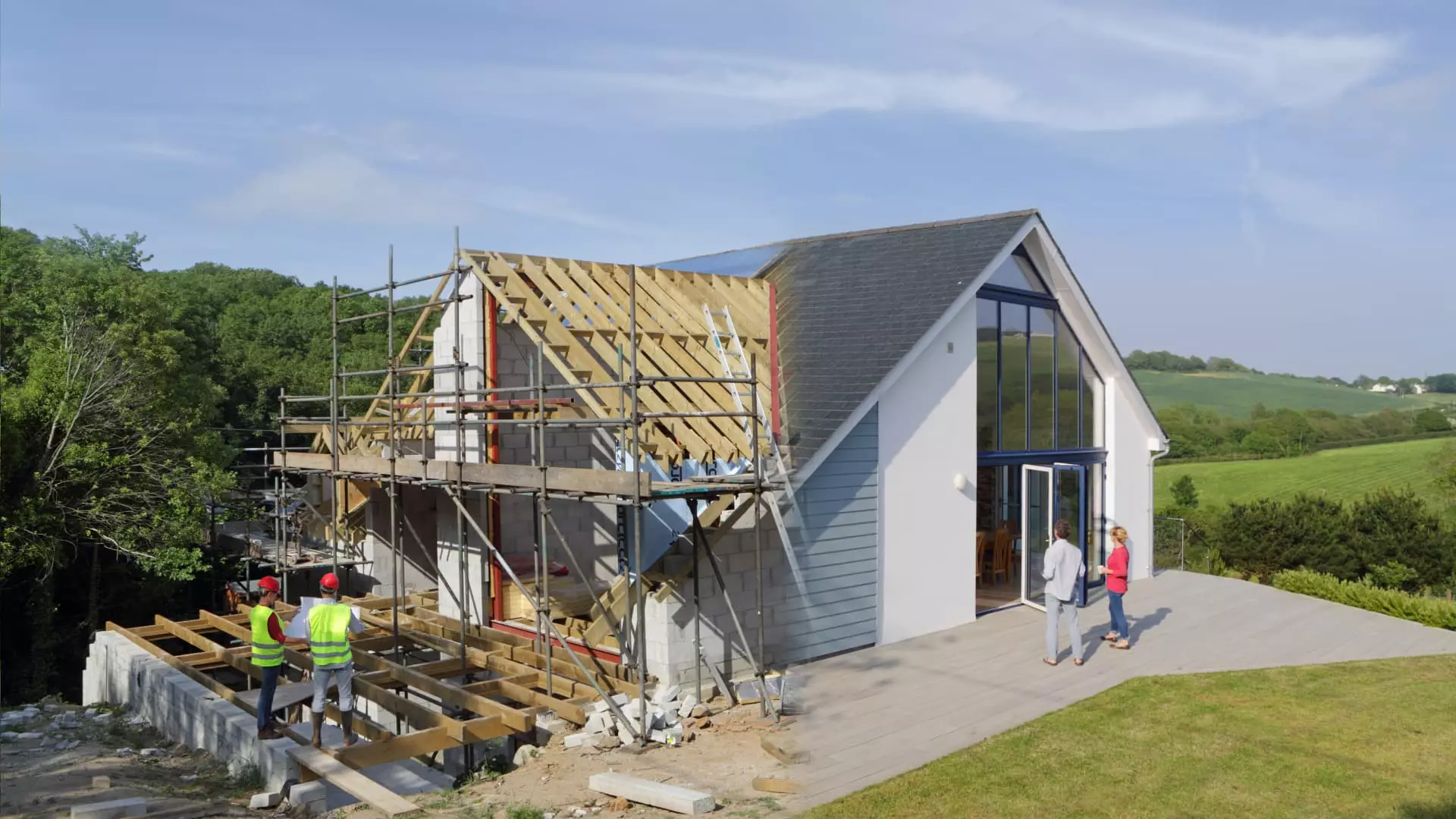When purchasing a newly built home, buyers are often met with unexpected costs that can lead to sticker shock. The median sale price for new construction homes in the U.S. was $400,500 in February, as reported by the U.S. Census Bureau and the Department of Housing and Urban Development. However, the final cost of a newly built house is influenced by various factors, such as the finishes and customizations chosen by the buyer. According to certified financial planner Veronica Fuentes, the price of a newly built home can be significantly impacted by decisions regarding windows, flooring, siding, doors, electrical outlets, and light switches. These choices all contribute to the overall cost of the property.
To mitigate costs associated with a new build, experts suggest that potential buyers consider hiring a contractor for certain finishes after the initial construction. Angie Hicks, a home expert and co-founder of Angi, advises buyers to think about elements that can easily be added at a later date, rather than during the initial construction phase. By deferring certain finishes or upgrades for future renovations, homeowners can keep the price of the property within a manageable range. According to a survey conducted by Angi, homeowners spent an average of $13,667 across 11.1 projects in 2023, with many utilizing cash from savings to cover renovation expenses. Other funding sources included credit cards, refinanced loans, and home equity lines of credit.
When considering renovations or upgrades to a newly built home, experts recommend prioritizing structural elements over cosmetic finishes. While the cost of remodeling projects can vary based on materials, labor, and location, data from Angi indicates that most homeowners spent between $14,611 and $41,440 on kitchen remodels in 2024. Similarly, bathroom renovations ranged from $6,629 to $17,536. To save money in the initial stages, it is advisable to opt for basic or lower-priced features, knowing that upgrades can be made in the future. Angie Hicks emphasizes the importance of focusing on the functionality and structural integrity of the home before investing in cosmetic enhancements.
Overall, the cost of buying a newly built home extends beyond the initial sale price, as buyers must also consider additional expenses related to custom finishes, renovations, and upgrades. By being selective about the features included in the initial construction and deferring non-essential elements for future projects, homeowners can effectively manage their expenses and create a living space that aligns with their long-term goals and preferences.

